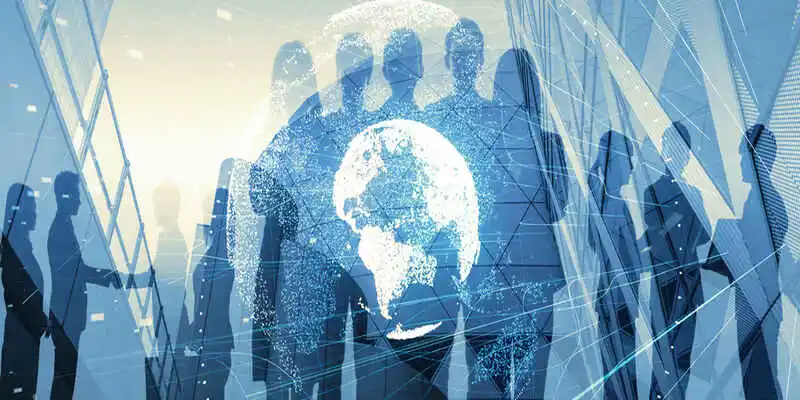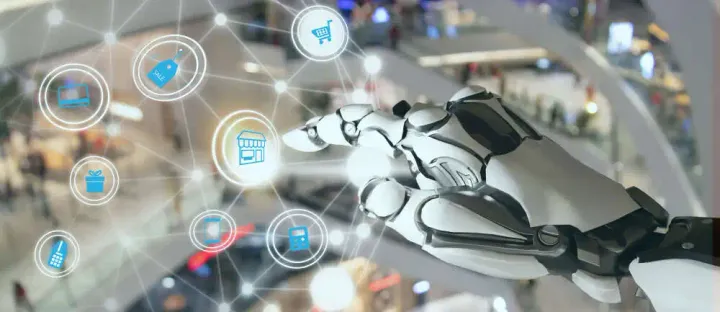The Future of Workplace Automation: AI-Driven Administrative Solutions
AI and automation greatly impact administrative roles, from streamlining tasks and elevating efficiency to freeing up time for higher-level activities. Discover how AI-driven solutions are revolutionizing the workplace, enhancing productivity, and improving decision-making.
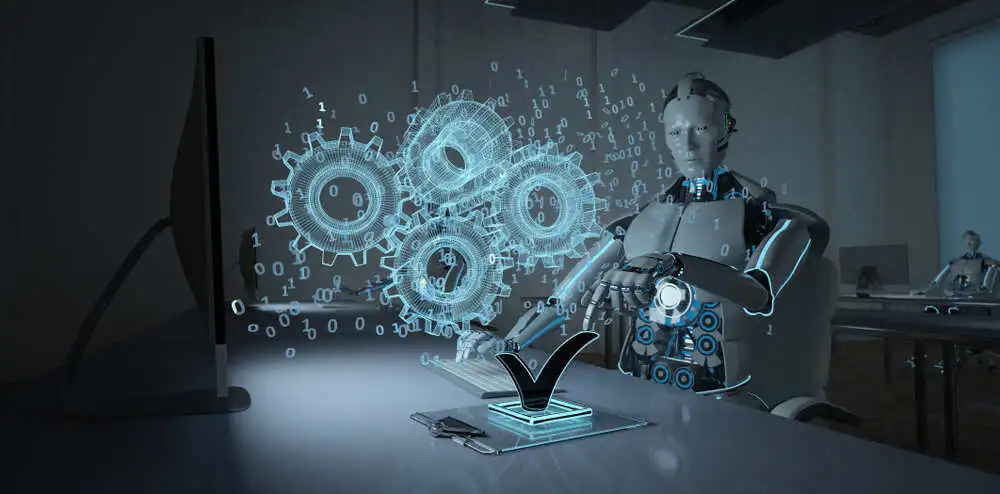
This comprehensive guide explores the transformative role of artificial intelligence (AI) in modern workplace administration. By focusing on critical tasks such as scheduling, payroll, and employee management, the article sheds light on AI's capacity to enhance operational efficiency and liberate human talent for more strategic initiatives. A special emphasis is placed on the paystub generator as a prime example of AI's prowess in streamlining payroll processes, exemplifying how businesses can achieve significant gains in operational efficiency.
Introduction
In today's rapidly evolving business landscape, the integration of artificial intelligence into workplace administration represents a significant leap towards operational excellence. AI-driven administrative solutions are not just futuristic concepts but are currently reshaping the way organizations manage their daily tasks. From automating scheduling to optimizing payroll systems, AI technologies are freeing up human resources, allowing them to focus on strategic roles that AI cannot replicate. This shift not only enhances efficiency but also contributes to a more engaged and productive workforce.
Among the myriad of tools that AI brings to the fore, the paystub generator stands out as a beacon of automation's potential in payroll management. This article delves into the mechanics of AI in the workplace, its impact on administrative tasks, and the tangible benefits it offers through the lens of the paystub generator tool. By understanding these dynamics, businesses can better navigate the digital transformation journey, ensuring they remain competitive and agile in a technology-driven market.
Streamlining Scheduling and Time Management with AI
The advent of artificial intelligence in workplace administration has revolutionized how businesses approach scheduling and time management. This section delves into the transformative impact of AI on these critical tasks, illustrating how it not only optimizes operational processes but also significantly enhances workforce satisfaction and overall productivity.
AI-Driven Scheduling: A New Paradigm
Traditional scheduling methods often involve time-consuming manual coordination, prone to errors and inefficiencies. In contrast, AI-driven scheduling tools leverage sophisticated algorithms to automate the entire process. These systems analyze vast amounts of data, including employee availability, skill sets, and workload, to generate optimal work schedules. This automation ensures that staffing levels perfectly match operational requirements, maximizing efficiency while respecting employee work-life balance preferences.
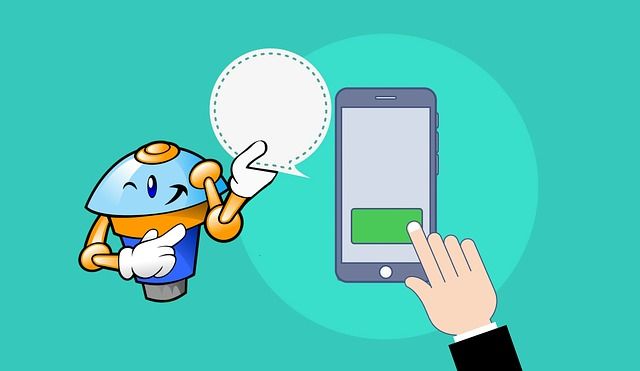
Benefits of AI in Time Management
1. Efficiency and Accuracy
AI significantly reduces the time and effort required to create schedules. By automating this process, businesses can avoid the pitfalls of manual scheduling, such as double bookings or inadequate staffing during peak hours.
2. Employee Satisfaction
By taking into account employee preferences for shifts and leaves, AI-driven scheduling promotes a more satisfied and motivated workforce. This consideration can lead to reduced turnover rates and higher levels of employee engagement.
3. Adaptability
AI systems can quickly adjust to changes, such as last-minute leave requests or unexpected shifts in demand. This flexibility ensures that businesses can maintain operational continuity without compromising service quality.
Case Studies: AI in Action
Several leading companies have successfully implemented AI-driven scheduling and time management systems, witnessing remarkable improvements in operational efficiency and employee satisfaction. For instance, a retail giant utilized AI to optimize staffing across hundreds of stores, resulting in a significant reduction in overtime costs and a noticeable improvement in customer service ratings. Similarly, a healthcare provider deployed AI scheduling tools to manage shifts for nurses and doctors more effectively, ensuring optimal patient care while maintaining a healthy work-life balance for its staff.
Integrating AI into Existing Systems
The integration of AI into existing scheduling and time management systems is a critical step for businesses aiming to harness the benefits of AI. This process typically involves evaluating current practices, identifying areas for improvement, and selecting AI solutions that are compatible with the organization's technological infrastructure. Training and change management are also essential components, ensuring that staff can effectively utilize the new tools and understand the benefits of AI-driven scheduling.
The Role of Paystub Generators in Time Management
In the context of AI-driven administrative solutions, paystub generators play a crucial role in streamlining the payroll process, which is closely tied to effective time management. By accurately calculating earnings based on the hours logged through AI-managed schedules, these tools ensure that payroll processing is both efficient and error-free. The integration of paystub generators with AI-driven scheduling systems exemplifies the seamless synergy between different administrative processes, leading to a more cohesive and efficient operational framework.
AI-driven scheduling and time management tools represent a fundamental shift in how businesses approach workforce management. By automating complex and time-consuming tasks, AI enables organizations to focus on strategic goals and core activities, fostering a more productive and satisfied workforce. As technology continues to evolve, the role of AI in workplace administration will undoubtedly grow, offering new opportunities for efficiency and innovation in the way we work.

Enhancing Payroll Processing with AI-Powered Paystub Generators
The automation of payroll processing through AI-powered paystub generators marks a significant evolution in workplace administration. This section explores the transformative impact of these tools on payroll operations, highlighting their efficiency, accuracy, and compliance benefits that redefine the payroll landscape for businesses of all sizes.
Revolutionizing Payroll with AI
Payroll processing is traditionally a complex and time-consuming task, requiring meticulous attention to detail and an understanding of evolving tax laws and regulations. AI-powered paystub generators transform this process by automating the calculation of wages, deductions, taxes, and other payroll components. By leveraging data analytics and machine learning algorithms, these tools can adapt to changing regulations, ensuring compliance while minimizing errors and reducing administrative burden.
Key Features of AI-Powered Paystub Generators
- 1. Automated Calculations: AI-driven paystub generators automatically calculate gross wages, deductions (including tax withholdings, benefits, and retirement contributions), and net pay, ensuring accuracy and consistency across all employee pay stubs.
- 2. Regulatory Compliance: These tools stay updated with the latest tax rates and legal requirements, automatically adjusting calculations to ensure that businesses remain compliant with local, state, and federal laws.
- 3. Customization and Scalability: AI-powered paystub generators offer customizable options to cater to the unique payroll needs of businesses, regardless of size or industry. They scale efficiently as a business grows, maintaining accuracy and compliance without additional administrative overhead.
- 4. Integration Capabilities: Seamlessly integrating with time tracking and HR management systems, AI-powered paystub generators provide a holistic approach to payroll and human resources management, ensuring that data flows smoothly across systems.
The Impact of AI on Payroll Efficiency and Accuracy
The adoption of AI-powered paystub generators significantly enhances payroll processing efficiency and accuracy. Businesses report reductions in payroll-related errors and a decrease in the time required to complete payroll tasks. This increased efficiency not only reduces operational costs but also improves employee satisfaction by ensuring timely and accurate salary payments.
Enhancing Operational Efficiency
AI-powered paystub generators enable HR departments to shift their focus from routine administrative tasks to strategic initiatives. This shift not only optimizes the use of human resources but also contributes to a more strategic and engaging workplace culture. By automating payroll processes, companies can allocate more time and resources to employee development, performance management, and strategic planning.
Case Studies of Success
Numerous businesses have witnessed the benefits of integrating AI-powered paystub generators into their payroll processes. For example, a mid-sized technology firm reported a 50% reduction in payroll processing time and a significant decrease in payroll discrepancies after implementing an AI-powered system. Another case involves a large retail chain that achieved compliance with complex state and federal tax regulations through the use of an AI-driven payroll solution, mitigating the risk of costly penalties.
AI-powered paystub generators represent a leap forward in payroll processing, offering unmatched efficiency, accuracy, and compliance. As part of the broader adoption of AI in workplace administration, these tools not only streamline payroll operations but also enhance overall business efficiency. By embracing AI-driven payroll solutions, businesses can navigate the complexities of payroll management with ease, allowing them to focus on growth and strategic objectives. The future of payroll processing, driven by AI innovation, promises a more efficient, accurate, and compliant operational framework for businesses worldwide.
Automating Employee Management and HR Tasks with AI
The application of artificial intelligence (AI) extends beyond scheduling and payroll, significantly impacting employee management and HR tasks. This section delves into how AI technologies are automating and optimizing HR processes, from recruitment and onboarding to performance management and employee engagement, thereby transforming the HR landscape.
AI in Recruitment and Onboarding
AI-driven tools are revolutionizing the recruitment process by automating candidate sourcing, screening, and initial assessments. These technologies can parse vast amounts of data from resumes and online profiles to identify candidates who best match the job criteria, significantly reducing the time and effort involved in the recruitment process. Moreover, AI-powered chatbots can enhance the candidate experience by providing immediate responses to inquiries and guiding applicants through the application process.
During onboarding, AI systems streamline administrative tasks such as paperwork and policy dissemination, allowing HR professionals to focus on creating a more engaging and informative onboarding experience. AI can also personalize the onboarding process to the new hire's role and learning pace, ensuring a smooth transition into the company.

Enhancing Performance Management with AI
Performance management is another area where AI brings substantial improvements. AI tools can analyze performance data in real-time, offering managers and employees insights into their progress towards goals, areas for improvement, and opportunities for development. This real-time feedback mechanism promotes a culture of continuous improvement and personal development.
AI-driven analytics can also identify patterns and trends in employee performance, helping managers to tailor development programs and interventions to individual needs. Furthermore, predictive analytics can forecast future performance and potential leadership candidates, assisting in succession planning and talent management.
Improving Employee Engagement and Retention
AI technologies play a critical role in enhancing employee engagement and retention. By analyzing data from employee surveys, feedback tools, and social interactions, AI can uncover insights into employee sentiment and engagement levels. These insights enable HR professionals to design targeted initiatives that address the specific needs and preferences of their workforce.
Moreover, AI-powered tools can help identify factors contributing to employee turnover and predict which employees are at risk of leaving. This predictive capability allows organizations to proactively address retention challenges by engaging at-risk employees with personalized retention strategies.
The Synergy Between AI and HR
The integration of AI into HR tasks creates a synergy that enhances the overall effectiveness of employee management. AI automates routine administrative tasks, freeing HR professionals to focus on strategic initiatives that foster a positive workplace culture and support business objectives. Additionally, AI provides valuable insights that inform decision-making, leading to more effective HR strategies and practices.
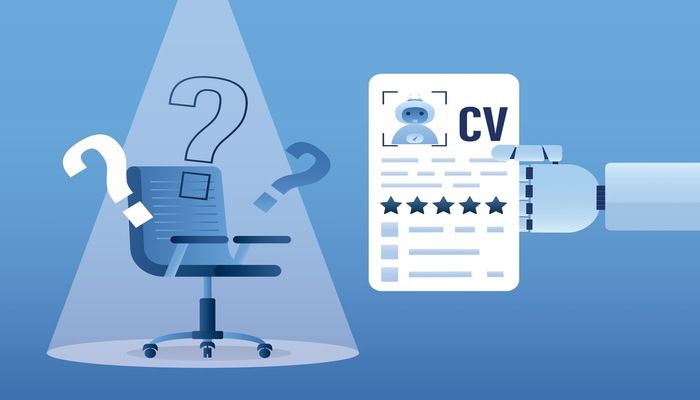
Conclusion
AI-driven solutions are transforming employee management and HR tasks, making these processes more efficient, insightful, and impactful. From recruitment and onboarding to performance management and employee engagement, AI technologies are enabling HR professionals to focus on strategic, value-added activities. The future of HR is one where AI and human expertise work hand in hand to create a more dynamic, engaging, and productive workplace. As businesses continue to embrace AI in HR, they will benefit from improved operational efficiency, enhanced employee experiences, and a stronger alignment between HR practices and business outcomes.
Advancing Compliance and Security Measures with AI
The final section of our exploration into AI-driven administrative solutions focuses on two critical areas impacting businesses today: compliance and security. As regulations become more complex and cybersecurity threats more sophisticated, AI technologies offer powerful tools to navigate these challenges effectively. This part examines how AI is enhancing compliance and security protocols, ensuring businesses operate safely and within legal frameworks.
AI-Driven Compliance in Payroll and HR
Regulatory compliance, especially in payroll and HR, is an area fraught with complexity and subject to constant change. AI-powered systems, including paystub generators, are instrumental in maintaining compliance with tax laws, labor regulations, and data protection standards. These systems are designed to automatically update calculations and processes in response to changes in legislation, ensuring businesses remain compliant without manual intervention.
For example, AI can monitor changes in minimum wage laws across different jurisdictions and adjust payroll calculations accordingly. Similarly, it can ensure adherence to the Equal Employment Opportunity (EEO) regulations by analyzing recruitment and employment data for potential biases and discrepancies.
Enhancing Data Security with AI
In an era where data breaches can have significant financial and reputational consequences, safeguarding sensitive employee and business data is paramount. AI technologies offer advanced capabilities in detecting and preventing security threats. Machine learning algorithms can analyze patterns in network traffic to identify potential cyber attacks, including phishing attempts and malware infections, often before they penetrate the system.
AI can also play a crucial role in access management, employing biometric verification and behavior analysis to ensure that only authorized individuals can access sensitive information. This not only enhances security but also adds a layer of data protection compliance, aligning with regulations such as the General Data Protection Regulation (GDPR) in the European Union.
The Role of AI in Auditing and Reporting
Beyond real-time compliance and security measures, AI systems are invaluable in auditing and reporting processes. AI can efficiently sift through vast amounts of data to identify discrepancies or anomalies that may indicate compliance issues or security vulnerabilities. This capability enables businesses to address potential problems proactively, reducing the risk of regulatory penalties or security breaches.
Furthermore, AI-driven tools can automate the creation of compliance and security reports, ensuring that businesses can easily demonstrate their adherence to regulatory requirements and security standards. This not only streamlines administrative processes but also supports transparency and accountability in business operations.
Future Prospects of AI in Compliance and Security
As AI technologies continue to evolve, their potential to enhance compliance and security measures in the workplace is boundless. Future advancements could include more sophisticated predictive analytics for anticipating regulatory changes, deeper integration of AI in cybersecurity defenses, and more personalized and secure employee data management practices.
The integration of AI into workplace administration offers a robust solution to the challenges of compliance and security. By automating complex processes, providing real-time insights, and enhancing data protection, AI-driven tools enable businesses to navigate the intricacies of legal requirements and cybersecurity threats with confidence. As businesses look towards the future, the role of AI in ensuring a safe, compliant, and efficient workplace is not only promising but indispensable. With tools like AI-powered paystub generators leading the charge, the potential for AI to transform workplace administration continues to grow, offering a brighter, more secure future for businesses worldwide.
The Benefits of AI-Driven Administrative Solutions
The integration of AI into workplace administration offers a plethora of benefits, from operational efficiency to strategic human resource allocation. By automating routine tasks, businesses can reduce errors, save time, and cut costs, allowing them to invest more in growth and innovation. Moreover, AI-driven solutions provide valuable data insights, enabling better decision-making and strategy formulation.
Conclusion
The future of workplace automation, driven by AI, promises a landscape where administrative efficiency and strategic human engagement coexist harmoniously. Tools like the paystub generator are just the tip of the iceberg, showcasing the potential of AI to transform business operations. As AI continues to evolve, its role in workplace administration will undoubtedly expand, offering new avenues for businesses to achieve operational excellence and competitive advantage. Embracing these AI-driven solutions is not merely a step toward technological adoption but a stride toward a more efficient, engaging, and productive workplace.


